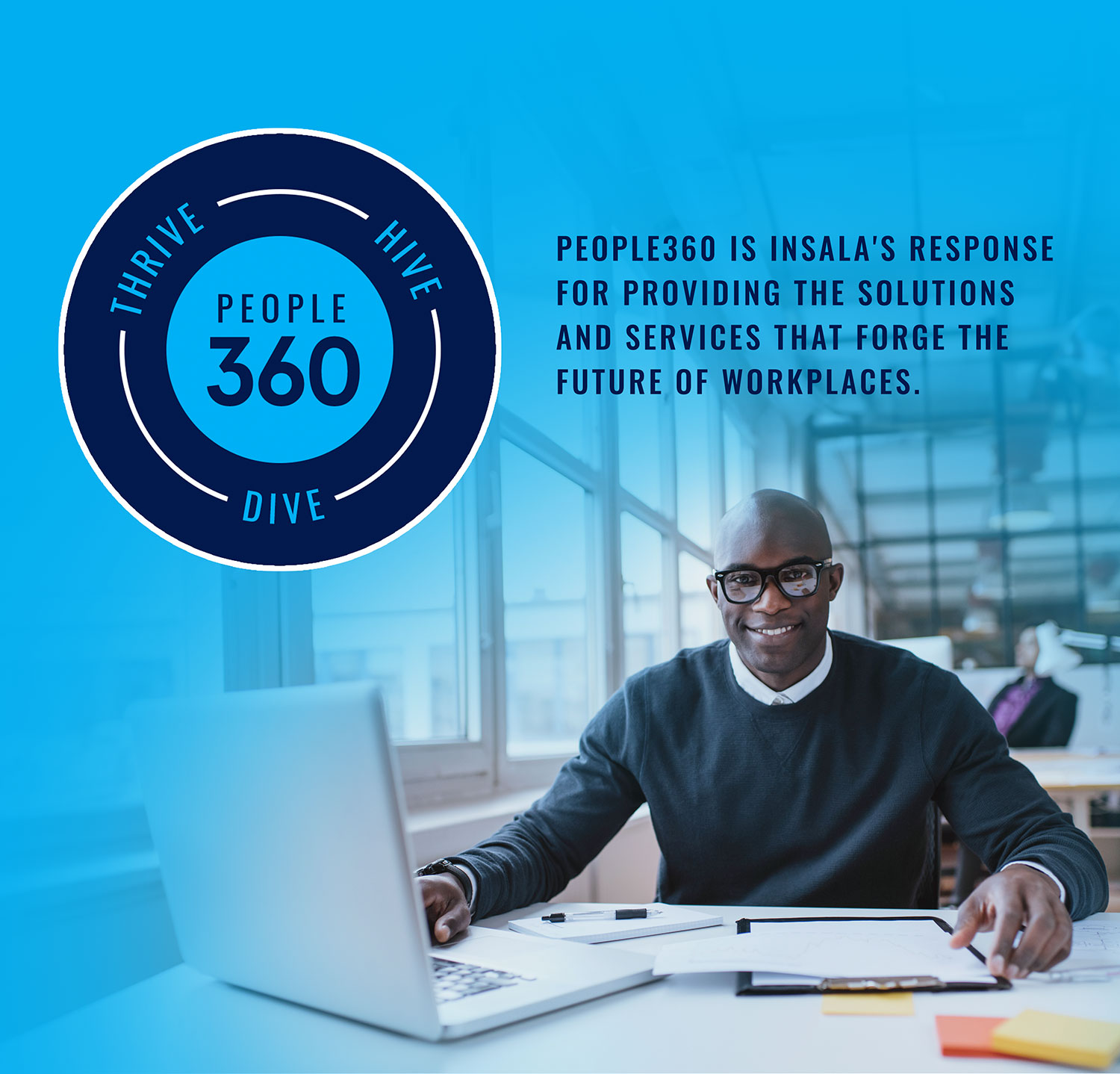Top 5 Predictive Models for People Analytics
Discover the Top 5 Predictive Models for People Analytics Companies around ...
Read more
Companies around the world are feeling the effects of changes in the economy, especially when it comes to their workforce. Employee needs are changing and how companies respond to this change has a significant impact on their future success.
As organizations are looking to the future and finding better ways to take a proactive approach to making a positive impact on their workforce, utilizing predictive modelling has been a common strategy.
To put it simply, predictive models help companies predict future outcomes based on past data. They are powered by artificial intelligence to determine how specific events will impact a company’s workforce. This allows you to take people data into consideration and make informed decisions about the future.
While you can manually create these models, the process can be simplified when utilizing software like Insala’s Predictive People Analytics. This software allows you to use custom-built predictive models to seamlessly change retention factors.
As we’ve mentioned, predictive models are a great indicator of what will happen in the future. The power of these models is discovered when you use them to break down your people data to identify significant trends in your workforce.
These are the top 5 predictive models to identify the most important trends and make data-driven decisions about your people strategy:
With the recent changes in the economy, hiring qualified talent has become increasingly difficult. And retaining those employees is just as challenging. This has placed a renewed importance on improving employee retention.
By implementing a predictive model focused on improving employee retention, organizations can break down the data to identify the most significant factors in employee turnover. As mentioned in a previous blog, the data metrics used in this type of predictive model include…
+ Employee engagement rates
+ Voluntary vs involuntary turnover rates
+ Retention rate per manager
+ Position in the employee lifecycle
By using predictive models to explore how these factors are affected by changes in your organization, you will have the predictive analytics you need to implement effective employee retention strategies.
Recruiting long-term employees
While improving employee retention is a sought-after business outcome, recruiting long-term employees is one that is less obvious. With companies needing to allocate more resources to hiring, it’s important that the right employees are being recruited. These are the individuals that have the skill sets to not only succeed in their role, but have a future with your company.
Employing predictive models that help you determine what a “long-term employee” looks like is an important part of the recruiting process. Your predictive model will help you determine what success looks like for specific roles and how individuals with certain skill sets will respond to changes within your workforce.
The recruits that meet the specific criteria determined through predictive modeling will have a greater chance of excelling at your organization and experiencing a longer tenure.
Promotion readiness
Utilizing a predictive model that determines promotion readiness is similar to recruiting long-term employees in that you can determine the skills needed for success. Where promotion readiness modelling differs is that you are looking to determine how employees will perform in an “advanced” role.
This type of predictive model will help you develop a career path for employees by helping you determine what individuals need to move forward. You can look at past performance to determine how certain factors, like additional stress or increased workload, have impacted employee performance and productivity. This will give you insight into how taking on a more involved role will affect an employee and if they are truly ready to make that move.
In addition to determining promotion readiness, you can also use this predictive model to create a learning and development plan for your employees. If they don’t meet the criteria to advance right now, you will know what skills they need to gain or improve to be promoted.
Effects of employee engagement
Employee engagement is one of the most popular topics in the HR world. It’s been proven time and again that having an unengaged workforce can be detrimental to the success of any organization. Being able to predict how changes you make will affect employee engagement is truly a game changer.
Predictive modeling that shows how specific events will impact employee engagement is necessary to implement a relevant people strategy. For example, if you know that revoking work-from-home privileges has decreased employee engagement in the past, you want to reconsider making that change for your workforce.
In addition to determining the right people strategy for your workforce, predictive models also tell you how changes to employee engagement can impact your organization. If your decisions can cause specific employees to become unengaged, you will have immediate insight into the impact that this will have on your organization. And you can drill down to specifics, like which departments will be impacted the most.
Cost of workforce productivity
A more general predictive model that many organizations are utilizing is one that forecasts the effects of putting resources toward workforce productivity. This can be as simple as investing in workforce expansion or as complicated as implementing new systems and processes. No matter the amount needed, the cost of workforce productivity can impact your entire organization.
Using predictive modeling and analytics to forecast returns on the cost of workforce productivity is necessary to ensure you are making data-driven decisions about your resources.
Collecting, understanding, and implementing strategies based on people data can be a difficult task. By implementing Insala’s Predictive People Analytics software, you can simplify the process and access the predictive analytics you need to make the best decisions for your organization.
To learn more about using Predictive People Analytics to drive evidence-based workforce decisions, book a demo today.

Discover the Top 5 Predictive Models for People Analytics Companies around ...
Read more
Top 5 Benefits of Utilizing Predictive People Analytics The modern workforce has a hidden potential buried deep within your organization. Similar ...
Read more
How to Use Predictive Analytics to Improve Retention Over the last two years we have witnessed ...
Read more

People360 is a pioneer and industry leader recognized by Global 1000 and Fortune 500 companies and associations internationally, for 28+ years as a leader in Career Management, Mentoring, Coaching, Career Transition, Alumni Software solutions and People Analytics.
© 2025 People360. All rights reserved. Privacy Policy